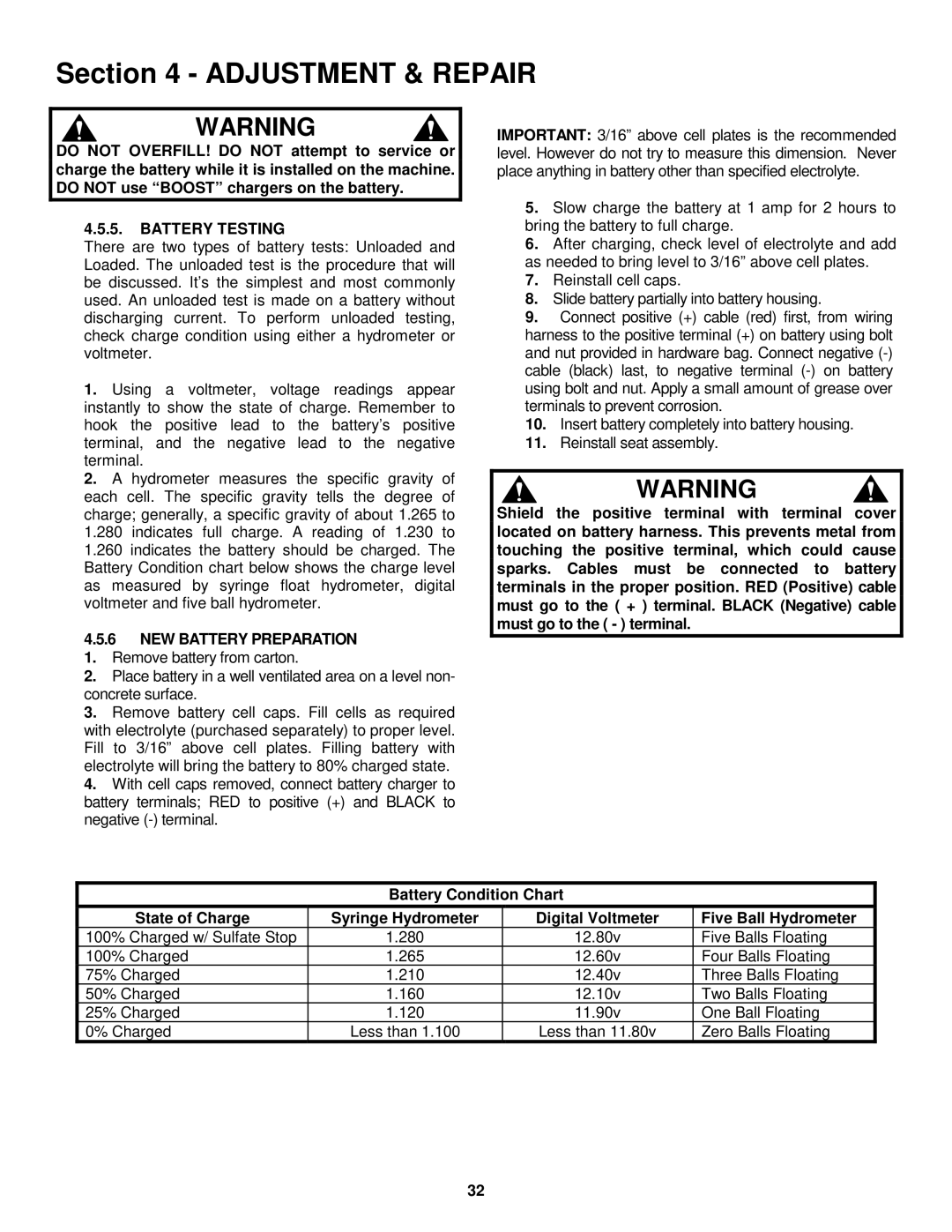LT150H33IBV, LT150H38IBV, WLT150H38IBV, WLT170H38IBV, LT150H331BV, LT150H38IBV, WLT150H38IBV, WLT170H38IBV specifications
The Snapper LT150H331BV, LT150H38IBV, WLT150H38IBV, WLT170H38IBV, LT150H33IBV, and WLT170H38IBV are part of Snapper's robust lineup of lawn tractors designed for residential and commercial landscaping needs. These models are engineered for efficiency, durability, and comfort, making them perfect for tackling various mowing tasks.One of the standout features across these models is the powerful engine options. Equipped with reliable Briggs & Stratton engines, these tractors provide ample horsepower to handle tough mowing conditions. The LT150H331BV and LT150H38IBV boast a 150cc engine that delivers dependable performance, while the WLT170H38IBV features a more powerful 170cc engine, allowing for increased cutting speeds and improved overall efficiency.
The cutting deck on these models varies, with sizes generally around 38 inches to 42 inches, offering a balance between maneuverability and cutting capacity. The mulching capability is another significant advantage, allowing homeowners to recycle grass clippings, which promotes healthier lawns. Many of these tractors also feature adjustable cutting height settings, providing versatility for different grass types and mowing conditions.
Ergonomics play a crucial role in user satisfaction, and Snapper has designed these models with comfortable padded seats and easy-to-reach controls. The availability of hydrostatic transmission in models like the WLT150H38IBV allows for smooth speed adjustments, enhancing the user experience during operation.
In terms of technology, these Snapper lawn tractors often incorporate smart cut technology, which automatically adjusts the engine speed based on the mowing conditions. This feature not only results in a cleaner cut but also aids in fuel efficiency. The compact design of these tractors ensures easier storage and maneuverability around landscaping obstacles.
Durability is at the forefront of Snapper’s construction, with heavy-duty steel frames and reinforced decks designed to withstand regular use. These models are also backed by Snapper's reputation for quality, ensuring users can rely on their performance for many seasons.
In summary, the Snapper LT150H331BV, LT150H38IBV, WLT150H38IBV, WLT170H38IBV, LT150H33IBV, LT150H38IBV, and WLT170H38IBV offer a blend of power, comfort, and innovative features. Whether you are maintaining a small residential lawn or a larger area, these tractors provide the reliability and efficiency needed for effective lawn care.

